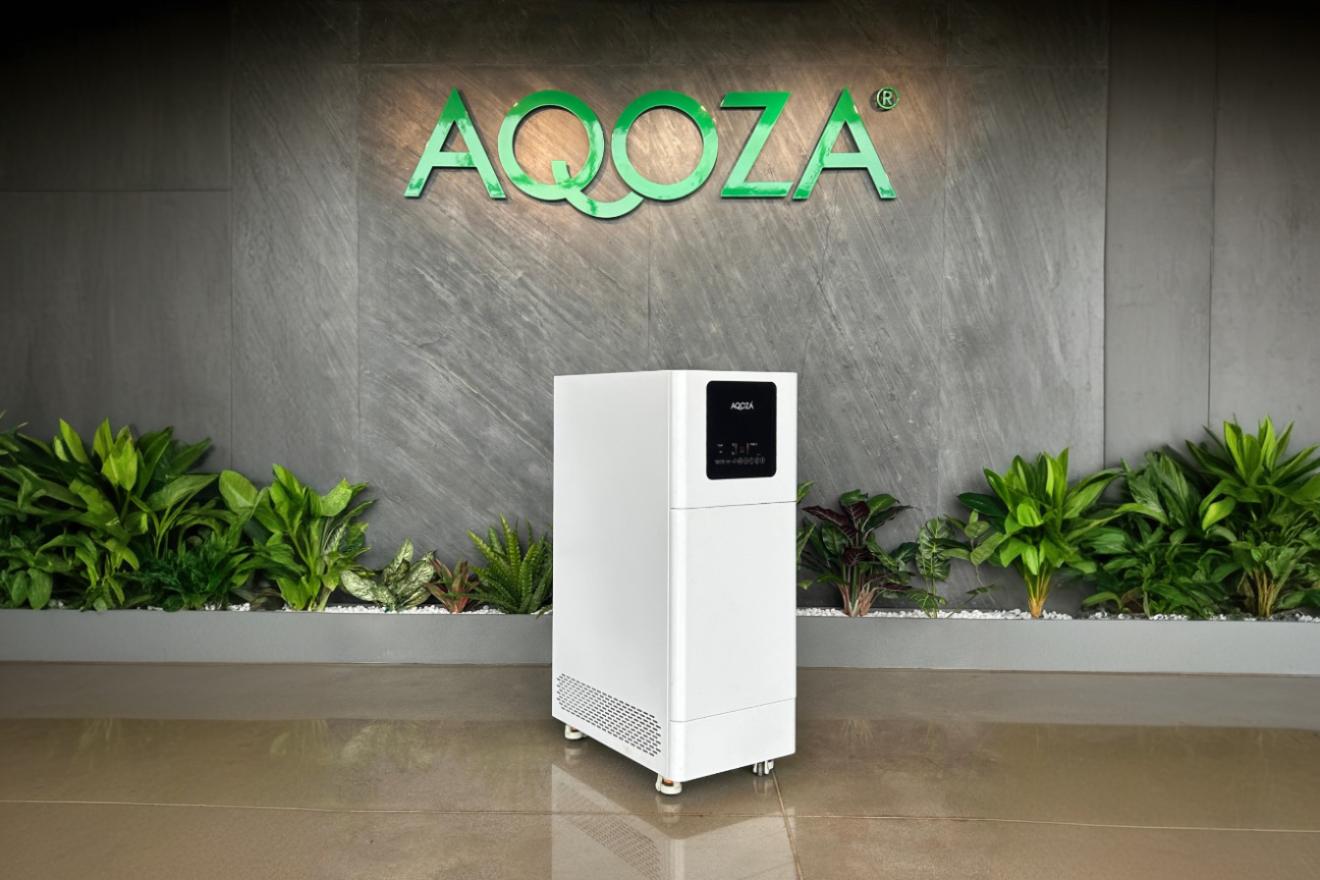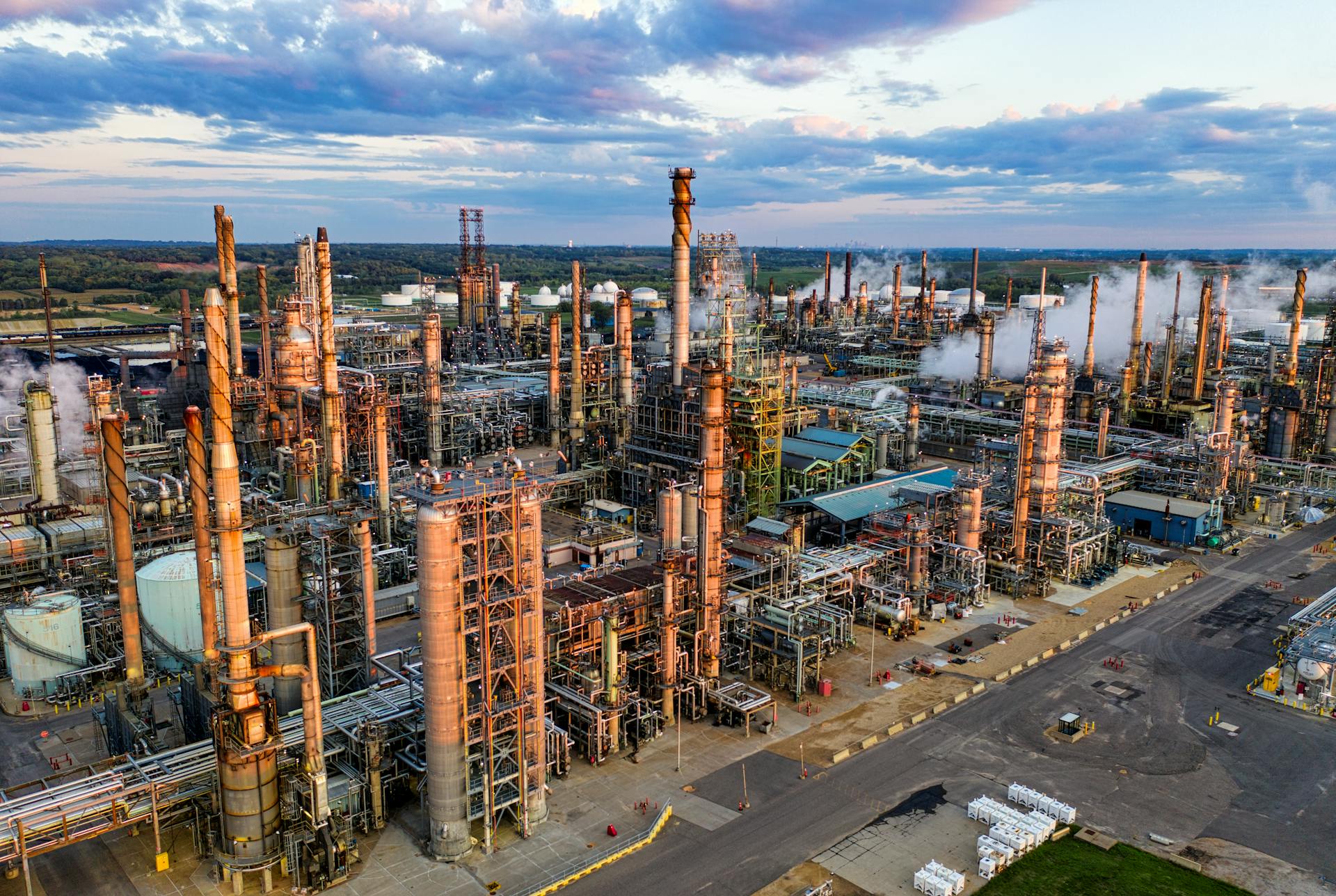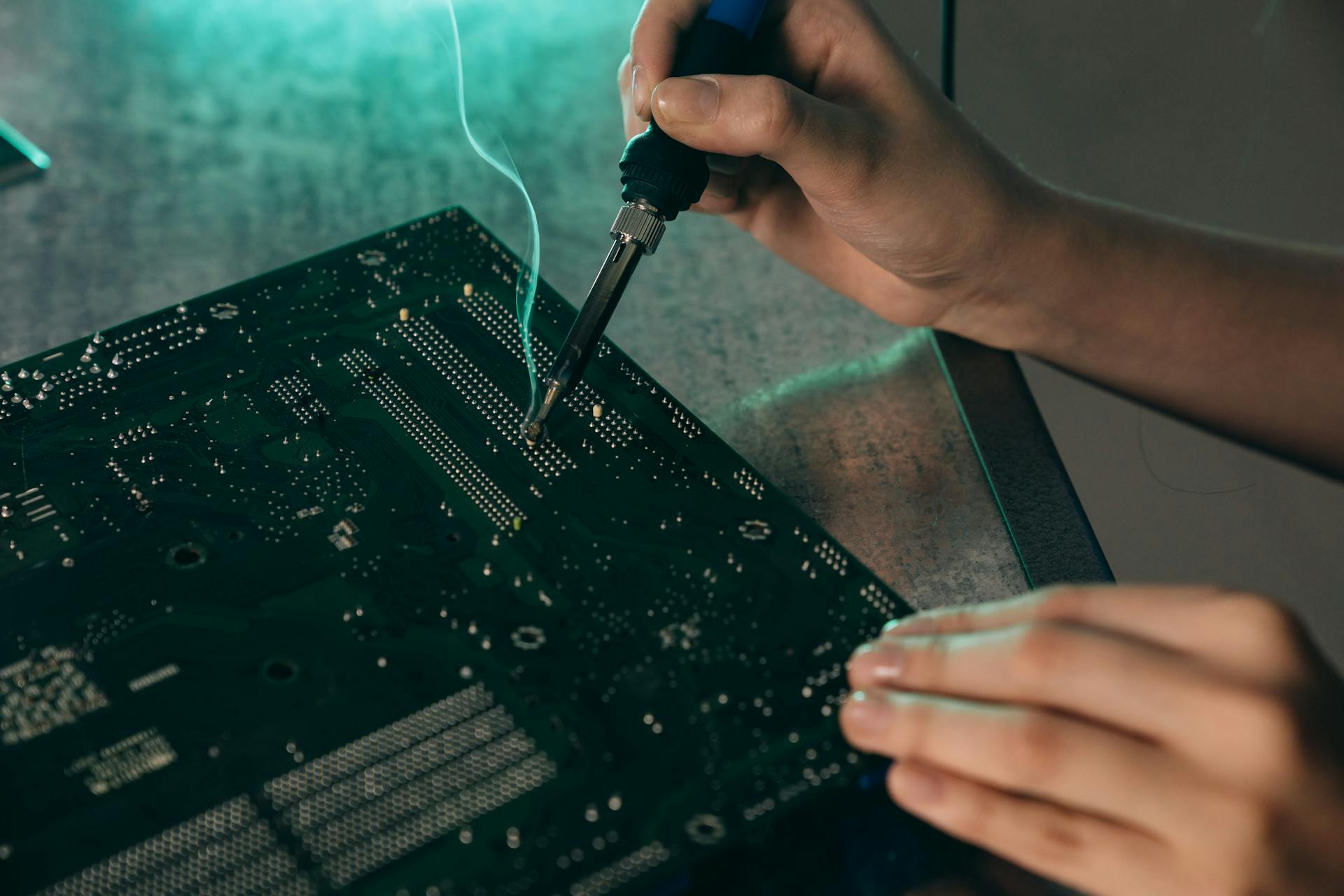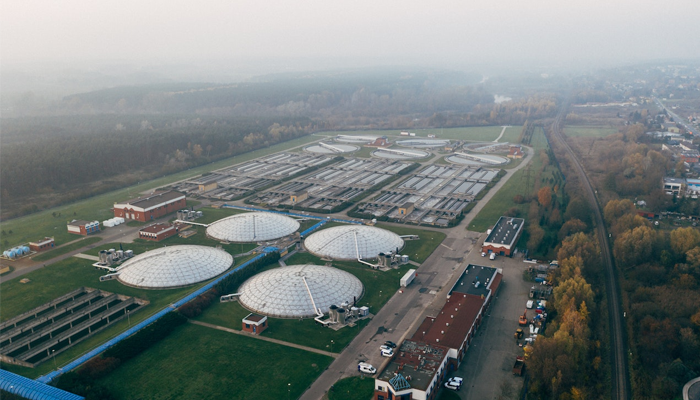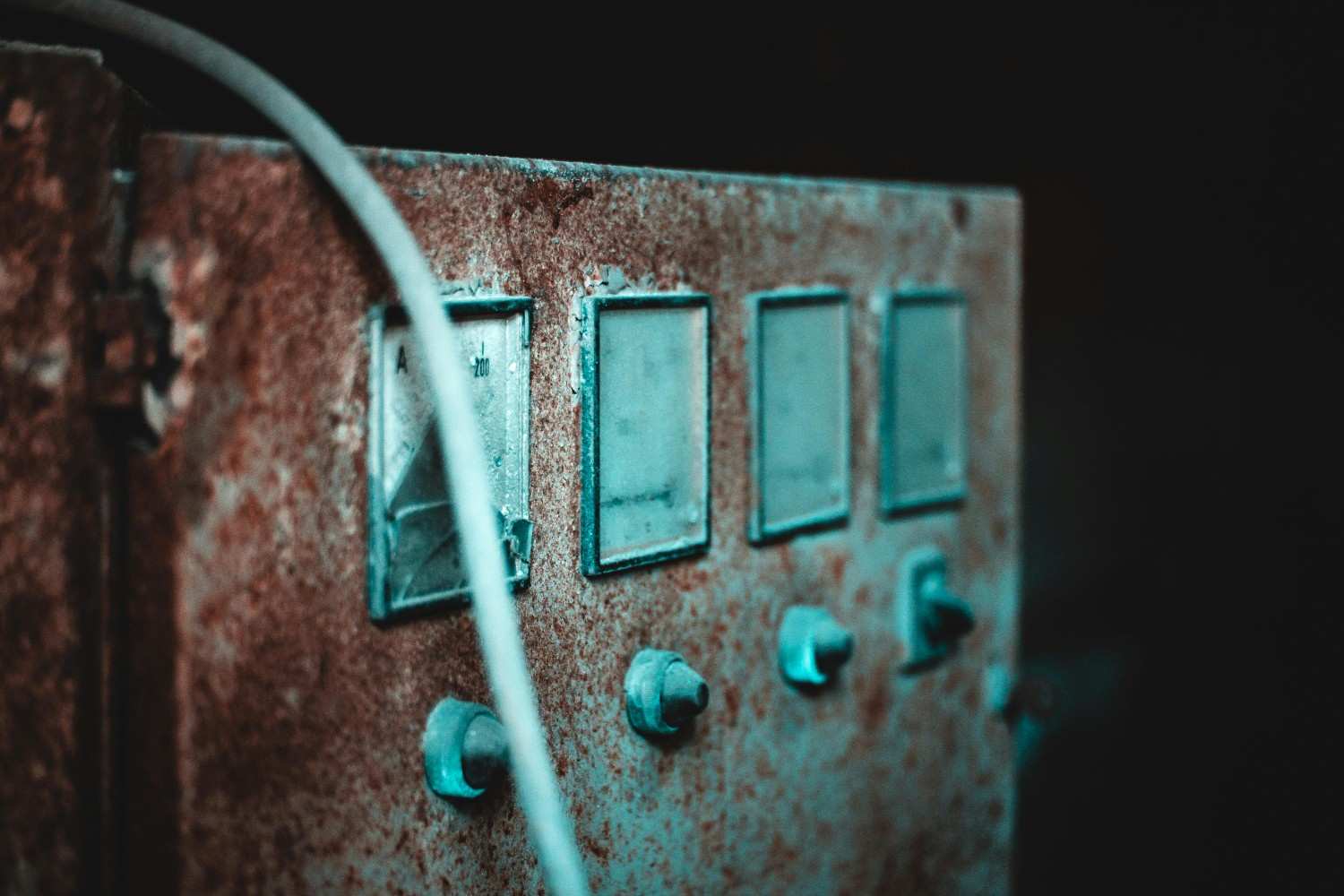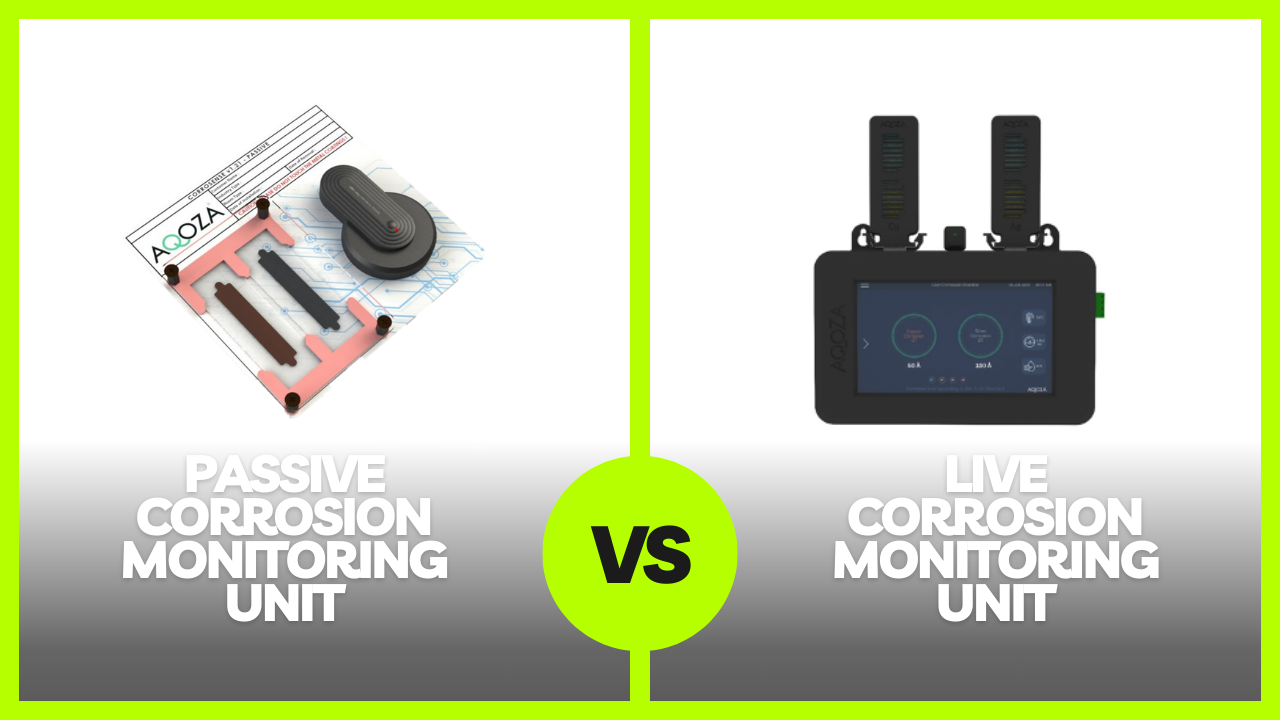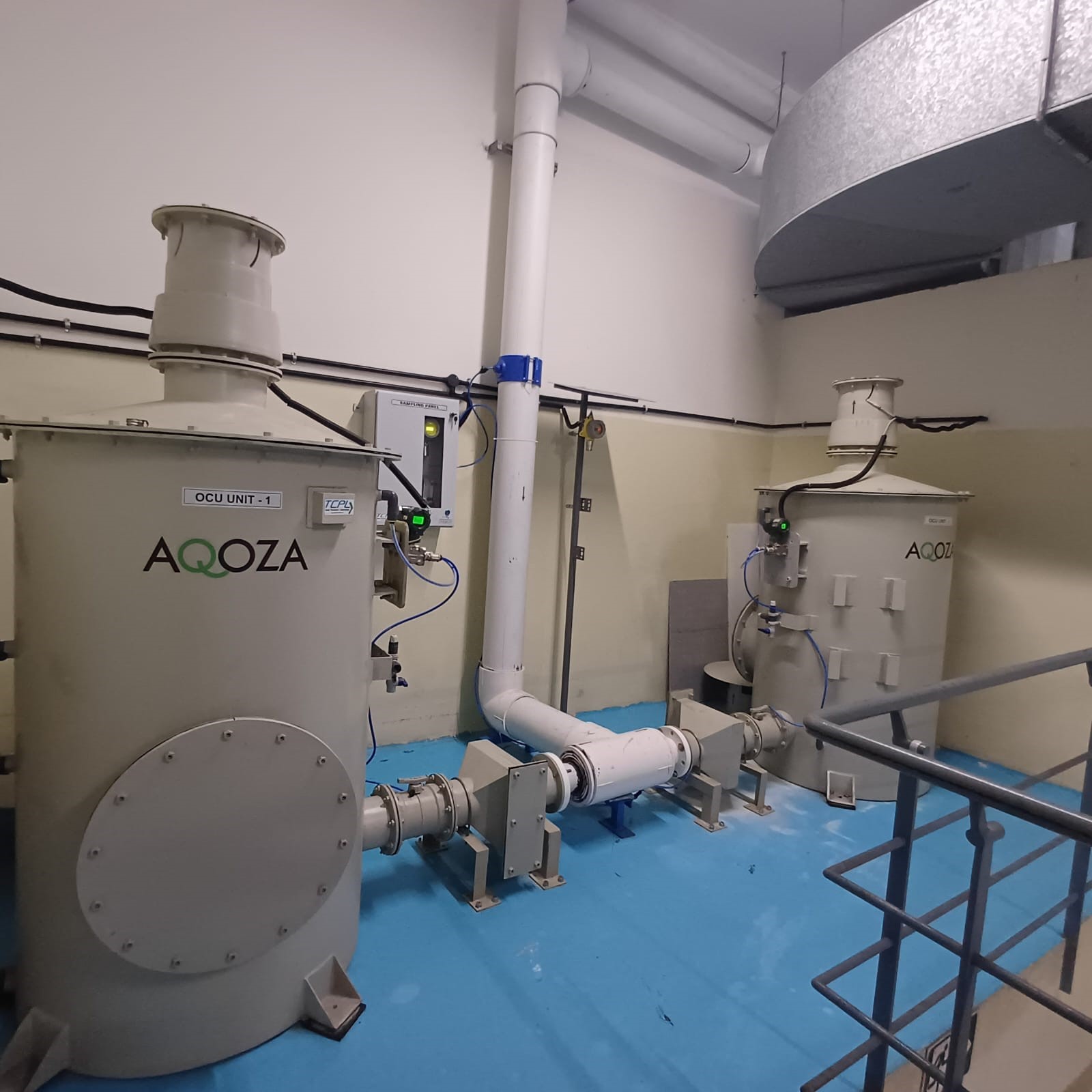The Evolving Semiconductor Industry and the Critical Need for Corrosion Management
Published : 23 Aug 2024

Author Name : AISHWARYA P M
Semiconductor facilities are the backbone of modern technology, producing critical components that power everything from smartphones to autonomous vehicles to robotics. The importance of these facilities cannot be emphasized, as they support a upcoming global economy and encourage innovation. However, amid the advanced manufacturing processes, Corrosion, an often-overlooked issue, poses significant risks that manufacturers must address.
The Unforeseen Challenge of Electronic Corrosion
Corrosion in the semiconductor manufacturing industry is an unforeseen challenge, responsible for over 50% of microelectronic device failures. While existing problems, such as packaging defects and material selection, can be managed with established practices, airborne infiltrates the gaseous contaminants from the environment mainly from the nearby facilities emission can boost these issues. Corrosion often exhibits over time, leading to failures that can go unnoticed until it’s too late.
The Impact of Gaseous Infiltrates
Airborne infiltrates significantly increase the risk of electronic corrosion, particularly in sensitive semiconductor packages. Factors such as humidity, chloride, and sulfur dioxide contribute to corrosion-related failures. As integrated circuit geometries shrink, and the environmental humidity increases corrosion also rises, as moisture can cause problems such as corrosion, oxidation, and short circuits in electronic components, complicating the challenges faced by manufacturers. For instance, moisture and contaminants can penetrate packaging further leading to costly damage and rework.
Challenges Faced by Semiconductor Manufacturers
- Quality Assurance: Ensuring products remain free from corrosion-related defects during production is challenging, especially as designs become more complex and sensitive to environmental conditions.
- Cost Implications: The financial impact of corrosion can be substantial, leading to increased production costs due to rework and scrap, along with potential losses in market competitiveness if products fail to meet industry standards.
- Supply Chain Disruptions: Corrosion can result in delays in production and disruptions in the supply chain, impacting overall operational efficiency and customer satisfaction.
- Regulatory Compliance: Meeting stringent industry standards and regulations adds complexity to corrosion management, as manufacturers must ensure compliance while maintaining product quality.
Cost Savings and Efficiency Through Proactive Corrosion Management
- Reducing Downtime in Semiconductor Fabrication with Real-Time Corrosion Monitoring: Implementing real-time corrosion monitoring systems in semiconductor fabs can significantly reduce unexpected failures of critical equipment like lithography machines and etching tools, ensuring continuous production and minimizing costly downtime.
- Minimizing Costly Wafer and Chip Scraps Due to Corrosion: Proactive corrosion management helps prevent contamination of wafers and chips during processes involving chemical vapor deposition (CVD) and photo-lithography, reducing the frequency of scrapping expensive semiconductor materials and saving costs.
- Enhancing Yield Rates in Semiconductor Production Through Effective Corrosion Management: Effective corrosion control measures ensure higher quality production processes for components like transistors and integrated circuits, leading to improved yield rates and fewer defects in semiconductor manufacturing.
- Extending the Operational Life of Semiconductor Manufacturing Equipment: By protecting critical equipment such as ion implanters and diffusion furnaces from corrosive gasses, semiconductor manufacturers can extend the lifespan of their machinery, reducing the need for frequent replacements and repairs.
- Lowering Maintenance and Repair Costs for Clean room Environments: Regular corrosion monitoring and control in clean rooms help lower the overall maintenance and repair expenses for sensitive equipment like gas cabinets and vacuum pumps by preventing corrosion-related damage.
- Preventing Production Halts in Semiconductor Fabs Due to Corrosion Issues: Proactive corrosion management prevents sudden production stops caused by corrosion-induced failures in equipment like plasma etchers and wet benches, ensuring smooth and uninterrupted operations in semiconductor fabs.
- Boosting ROI in Semiconductor Manufacturing with Advanced Corrosion Control Solutions: Investing in advanced corrosion control solutions, such as gas phase filtration units, yields a high return on investment by reducing operational costs and enhancing production efficiency in semiconductor manufacturing.
- Optimizing Fab Efficiency Through Predictive Maintenance and Corrosion Monitoring: Predictive maintenance powered by corrosion monitoring allows semiconductor fabs to optimize efficiency by anticipating and addressing potential issues in equipment like epitaxy reactors and wafer handlers before they escalate into major problems.
The Need of the Hour
Corrosion poses a significant challenge in the semiconductor manufacturing industry, with the potential to compromise product quality and reliability. Even with compliance to regulations, unforeseen corrosion issues can arise, challenging cost, time, and reputation. This hidden threat can lead to costly rework and malfunctions, ultimately putting your brand value at stake.
Implementing detailed corrosion monitoring systems is essential to safeguard against these risks. By collecting real-time data on corrosion levels, humidity, and temperature, manufacturers can identify potential corrosion problems early on, preventing costly disruptions. Establishing robust corrosion control measures - such as maintaining optimal environmental conditions, will not only mitigate risks but also protect the integrity of your products and uphold your brand’s reputation in a competitive market.

